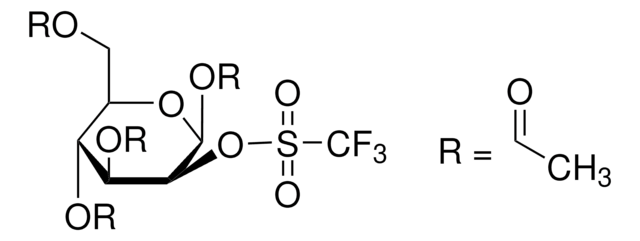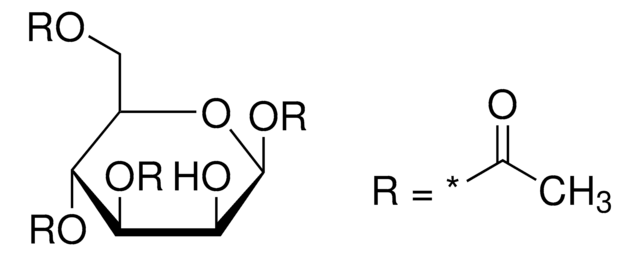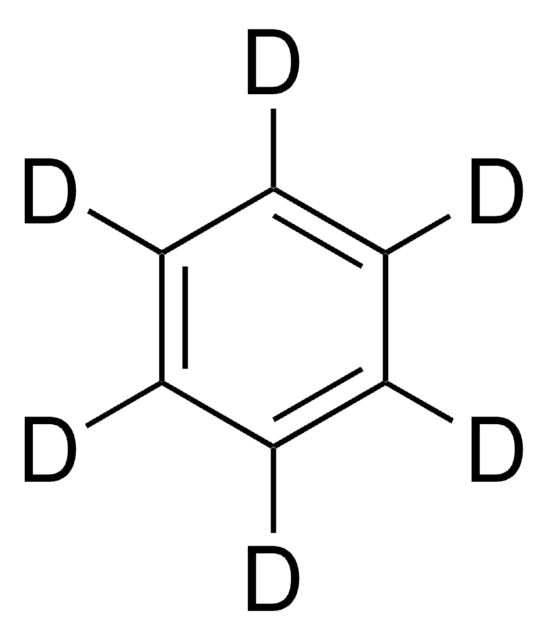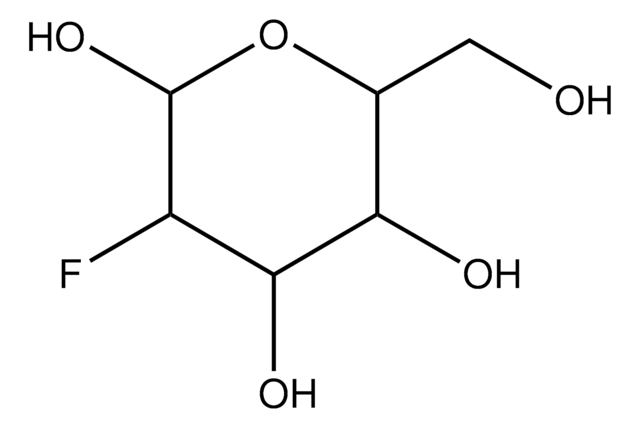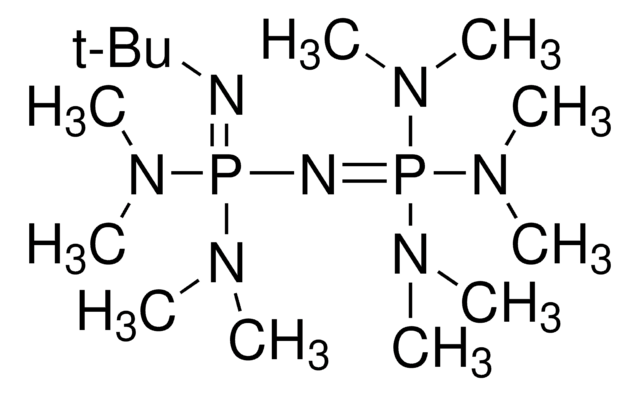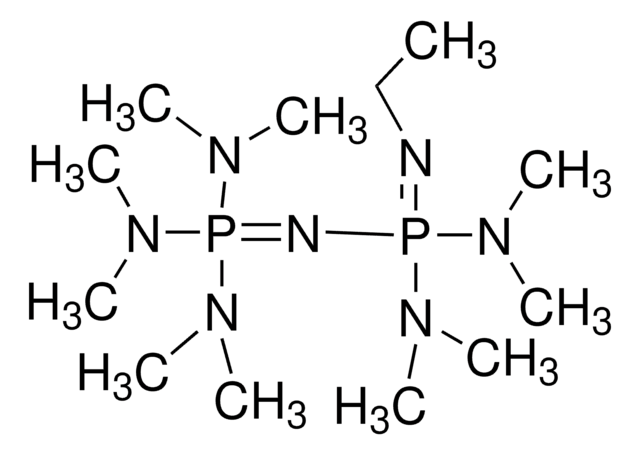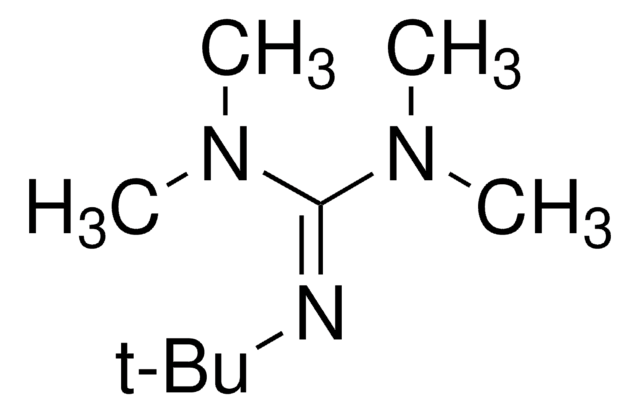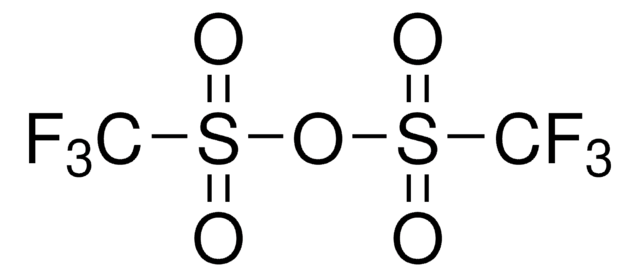M1568
Mannose triflate
For PET imaging, ≥98% (TLC)
Sinónimos:
β-D-Mannopyranose 1,3,4,6-tetra-O-acetate 2-O-trifluoromethanesulfonate, 1,3,4,6-Tetra-O-acetyl-2-O-trifluoromethanesulfonyl-β-D-mannopyranose, Mannose triflate, TATM
About This Item
Productos recomendados
Quality Level
assay
≥98% (TLC)
form
powder
technique(s)
PET imaging: suitable
shipped in
dry ice
storage temp.
−20°C
SMILES string
CC(=O)OC[C@H]1O[C@@H](OC(C)=O)[C@@H](OS(=O)(=O)C(F)(F)F)[C@@H](OC(C)=O)[C@@H]1OC(C)=O
InChI
1S/C15H19F3O12S/c1-6(19)25-5-10-11(26-7(2)20)12(27-8(3)21)13(14(29-10)28-9(4)22)30-31(23,24)15(16,17)18/h10-14H,5H2,1-4H3/t10-,11-,12+,13+,14-/m1/s1
InChI key
OIBDVHSTOUGZTJ-PEBLQZBPSA-N
¿Está buscando productos similares? Visita Guía de comparación de productos
Categorías relacionadas
General description
Application
Other Notes
Storage Class
11 - Combustible Solids
wgk_germany
WGK 3
flash_point_f
Not applicable
flash_point_c
Not applicable
ppe
Eyeshields, Gloves, type N95 (US)
Elija entre una de las versiones más recientes:
Certificados de análisis (COA)
¿No ve la versión correcta?
Si necesita una versión concreta, puede buscar un certificado específico por el número de lote.
¿Ya tiene este producto?
Encuentre la documentación para los productos que ha comprado recientemente en la Biblioteca de documentos.
Los clientes también vieron
Contenido relacionado
Labeled isotopes used as target materials in imaging have provided insights into the various mechanisms of human physiology and have lead to treatments for diseases. Water-18O is used for the production of 18F radionuclides, such as 18FDG (Fluoro-deoxyglucose). 18FDG used in PET and with other imaging technologies, such as CT/SPECT, has led to the diagnosis and treatment of a wide range of diseases, including lung, liver, and brain tumors, epilepsy, and Alzheimer’s.
Nuestro equipo de científicos tiene experiencia en todas las áreas de investigación: Ciencias de la vida, Ciencia de los materiales, Síntesis química, Cromatografía, Analítica y muchas otras.
Póngase en contacto con el Servicio técnico![4,7,13,16,21,24-Hexaoxa-1,10-diazabiciclo[8.8.8]hexacosano 98%](/deepweb/assets/sigmaaldrich/product/structures/189/812/8a6555e5-8de6-4236-865f-19339cee3634/640/8a6555e5-8de6-4236-865f-19339cee3634.png)
